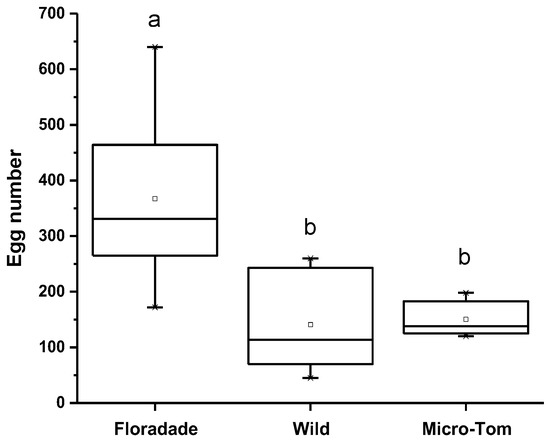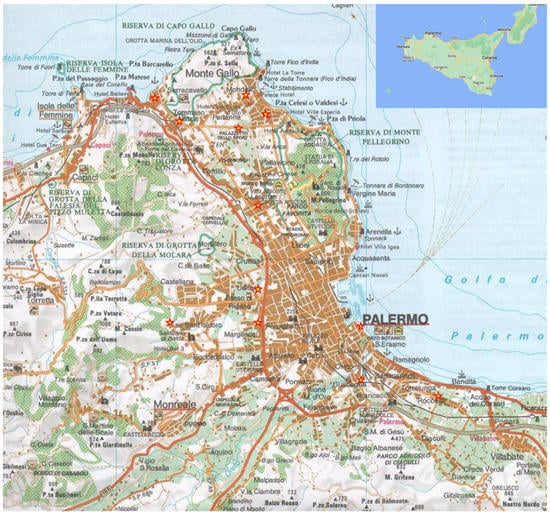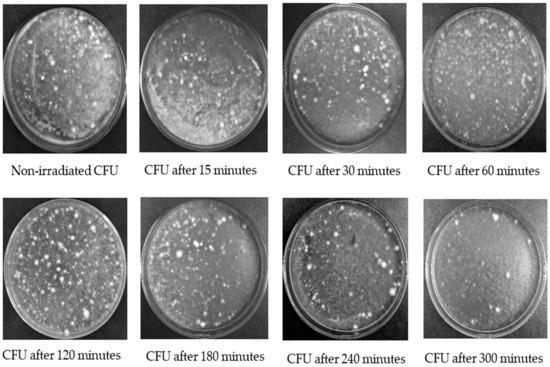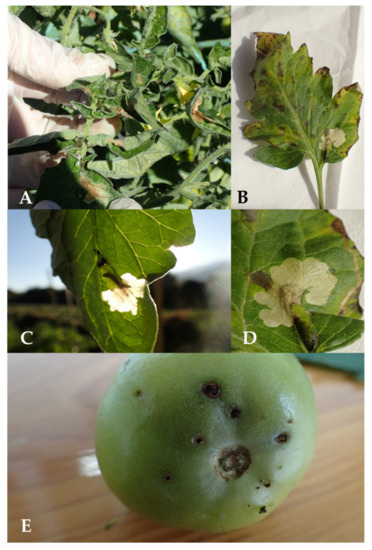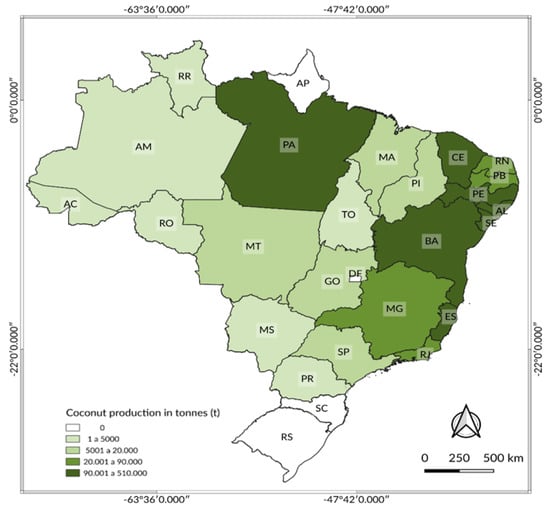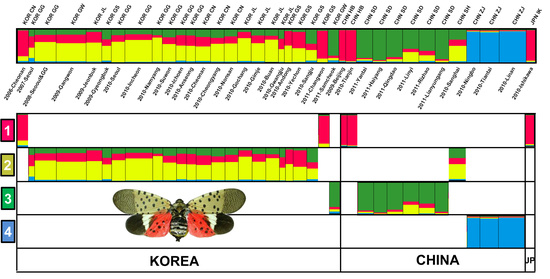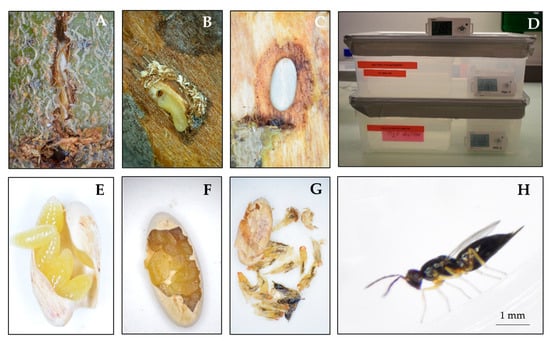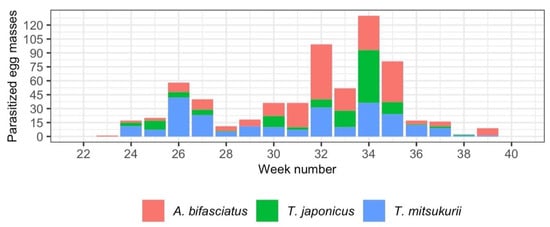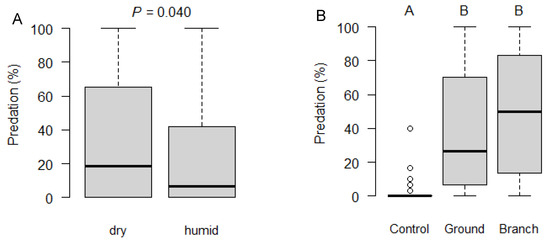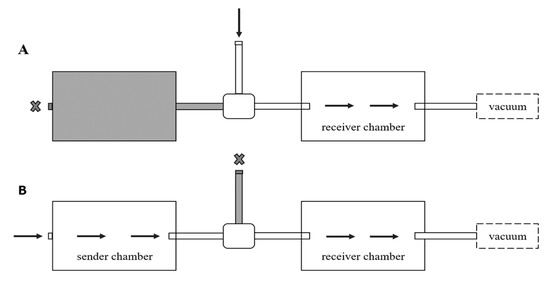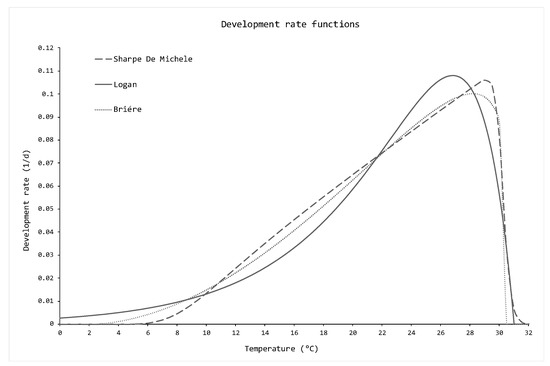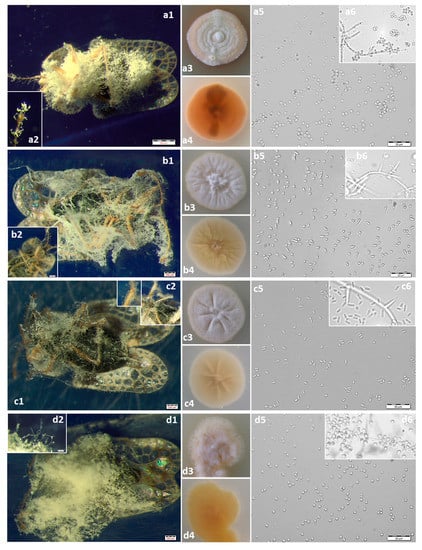Biocontrol and Behavioral Approaches to Manage Invasive Insects
A topical collection in Insects (ISSN 2075-4450). This collection belongs to the section "Insect Pest and Vector Management".
Viewed by 53609Editor
Interests: invasive species; biological control; integrated pest management; agro-food sustainability; insect-based bioconversion; black soldier fly
Topical Collection Information
Dear Colleagues,
Invasive species are a global issue that increasingly threatens ecosystem services and, thus, human health and the economy. Attempts to manage outbreaks of invasive insects by intensifying insecticide treatments led to the disruption of previous integrated pest management programs, further, resulting in serious negative impacts on the environment. The challenge is to develop sustainable, research-based approaches to manage invasive pests efficiently, providing effective long-term solutions. Knowledge of the native and exotic biocontrol agents, as well as of specific behavioral patterns of the target pest, are key factors to develop successful control strategies.
This Topical Collection focuses on the sustainable management of invasive insects and will present the development and/or application of biological control strategies (i.e., classical, conservative, inoculative, inundative biocontrol) and behavioral manipulation approaches and techniques (i.e., push–pull strategy, attract-and-kill, trap crops), either alone or in combination.
Authors are invited to submit contributions that deal with either agricultural, structural, or medical invasive pest species.
Dr. Lara Maistrello
Collection Editor
Manuscript Submission Information
Manuscripts should be submitted online at www.mdpi.com by registering and logging in to this website. Once you are registered, click here to go to the submission form. Manuscripts can be submitted until the deadline. All submissions that pass pre-check are peer-reviewed. Accepted papers will be published continuously in the journal (as soon as accepted) and will be listed together on the collection website. Research articles, review articles as well as short communications are invited. For planned papers, a title and short abstract (about 100 words) can be sent to the Editorial Office for announcement on this website.
Submitted manuscripts should not have been published previously, nor be under consideration for publication elsewhere (except conference proceedings papers). All manuscripts are thoroughly refereed through a single-blind peer-review process. A guide for authors and other relevant information for submission of manuscripts is available on the Instructions for Authors page. Insects is an international peer-reviewed open access monthly journal published by MDPI.
Please visit the Instructions for Authors page before submitting a manuscript. The Article Processing Charge (APC) for publication in this open access journal is 2600 CHF (Swiss Francs). Submitted papers should be well formatted and use good English. Authors may use MDPI's English editing service prior to publication or during author revisions.
Keywords
- Invasive insects
- biological control strategies
- behavior-based strategies
- chemical ecology
- behavioral manipulation
- push–pull strategy
- attract-and-kill
- trap cropping
- sustainable pest management
- integrated approaches








